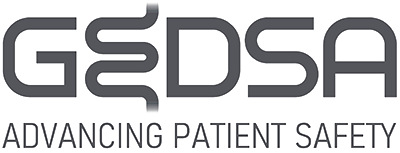To reduce the frequency of tubing misconnection hazards, an international group of clinicians, manufacturers, and regulators, such as the FDA, is collaborating with the International Organization of Standardization (ISO) and the Association for the Advancement of Medical Instrumentation (AAMI) to develop ISO 80369 standards. The first of these standards, 80369-1, was published in January 2011, and it provides general requirements for connectors for liquids and gases in healthcare applications. It also establishes a framework for testing connectors to ensure non-interconnectability of unrelated delivery systems (e.g., vascular and enteral). International standards for non-Luer-compatible delivery system–specific connections are under development. New connectors are expected to reach the market as early as Q4 2014.
Each additional standard in the series will focus on connectors for a specific clinical application and will be released as it is completed, beginning in 2014. These standards include connectors for breathing systems and driving gases, enteral, limb cuff inflation, neuraxial, and intravascular-hypodermic applications. There will be a phase-in period for product development and implementation guided by the FDA and existing state legislation. California, for example, has been active on this front. (Refer to question 14 for additional information on CA law.)



